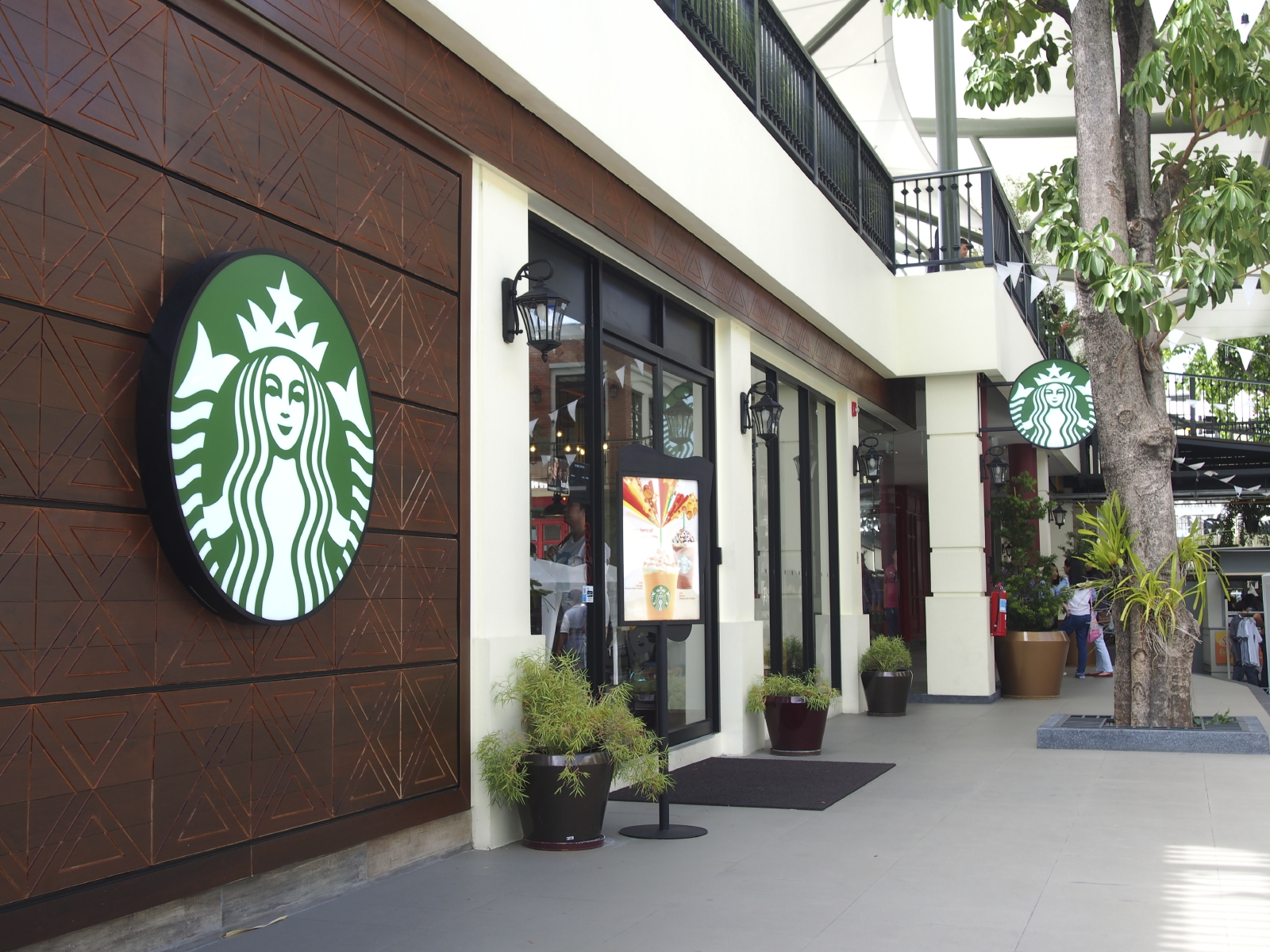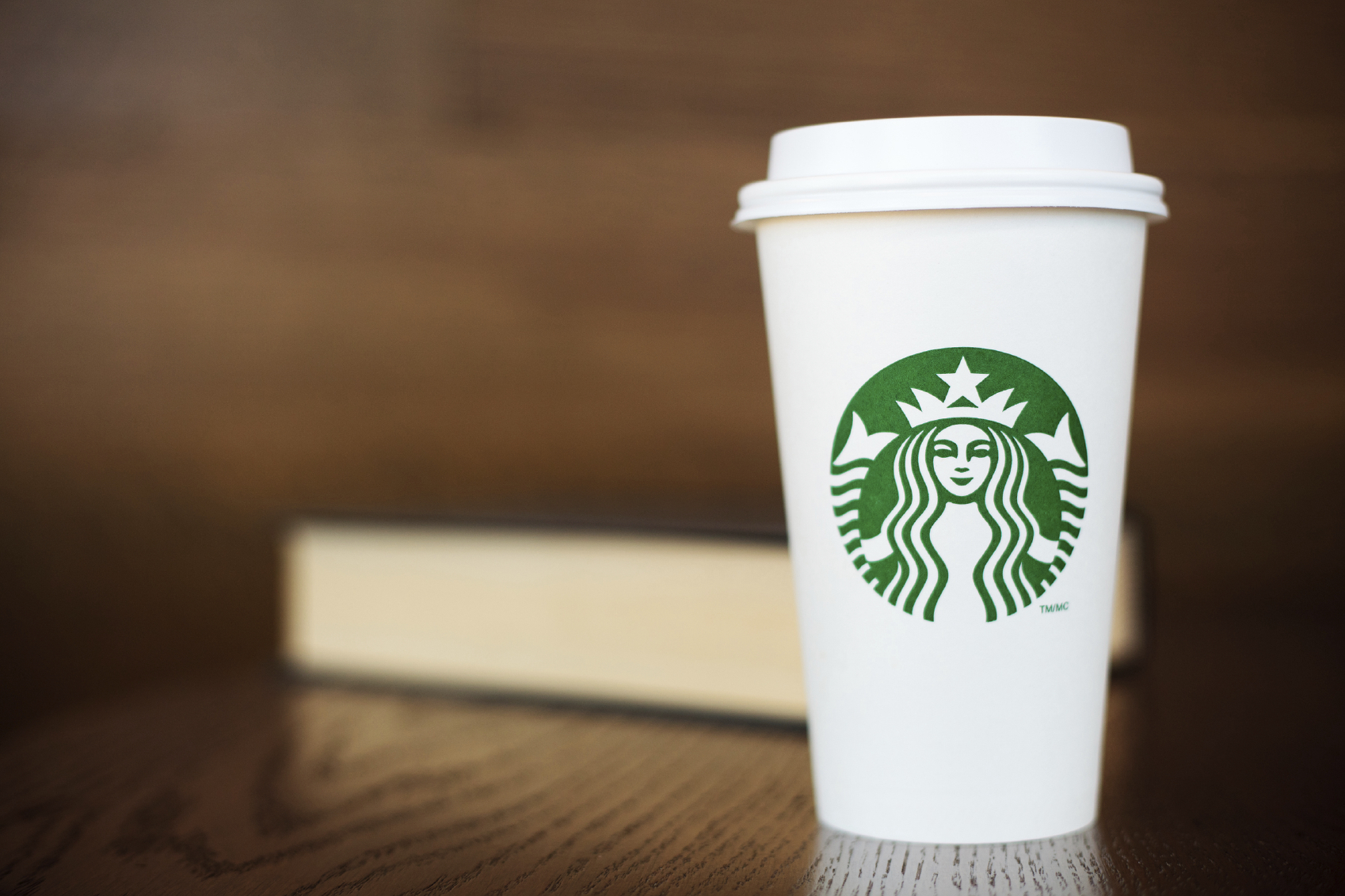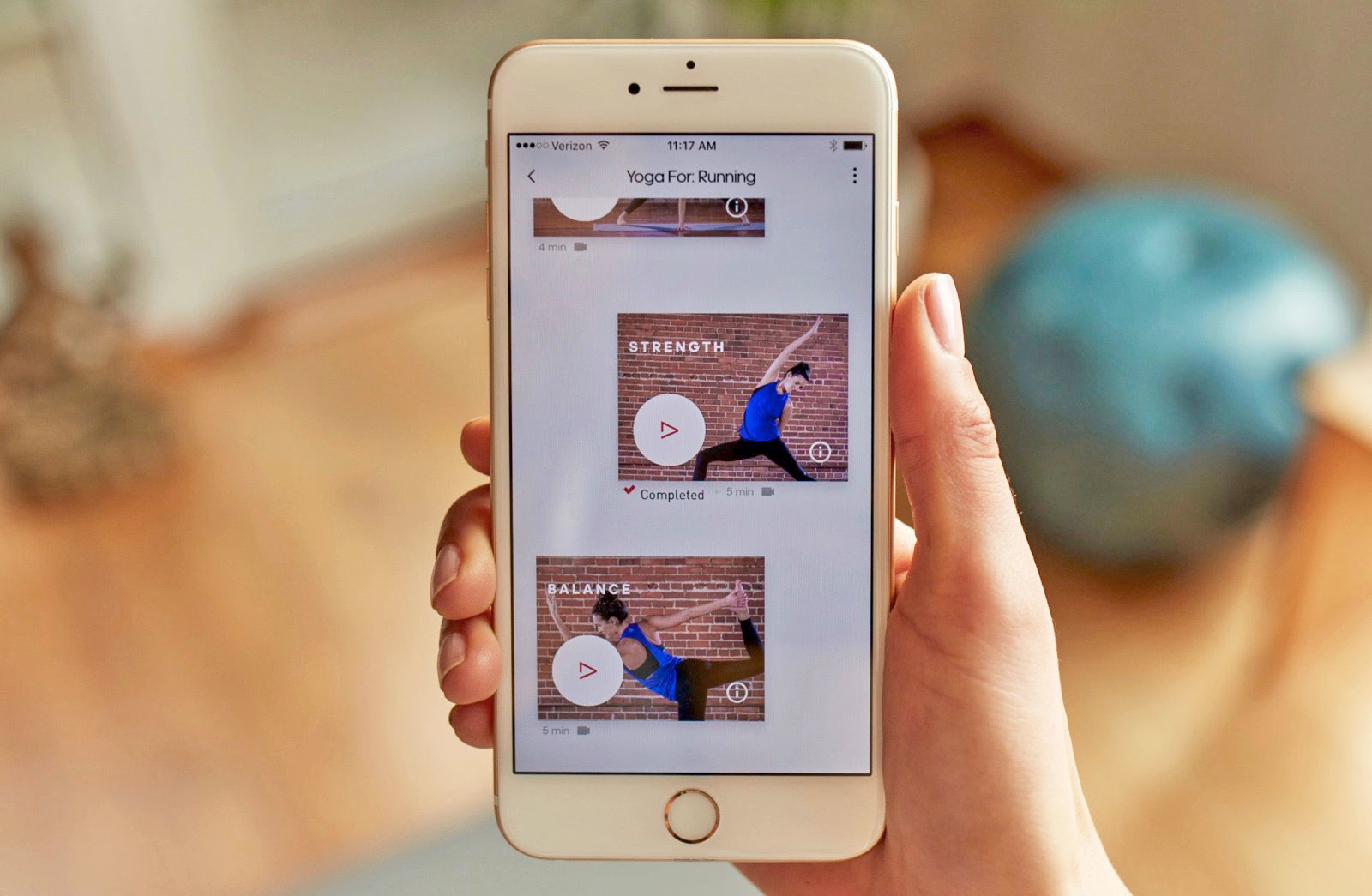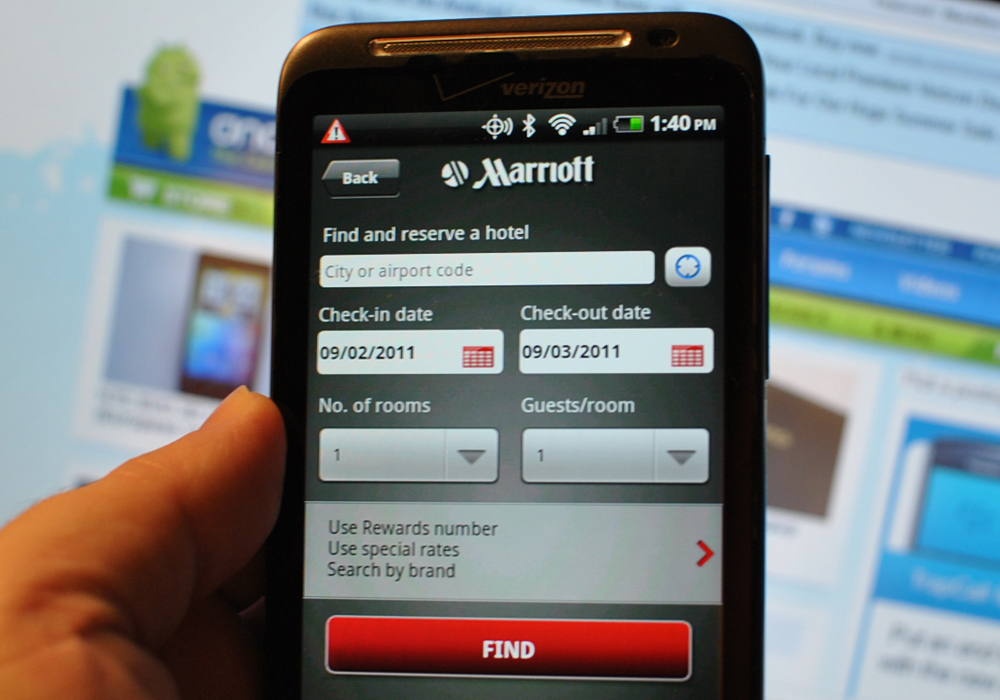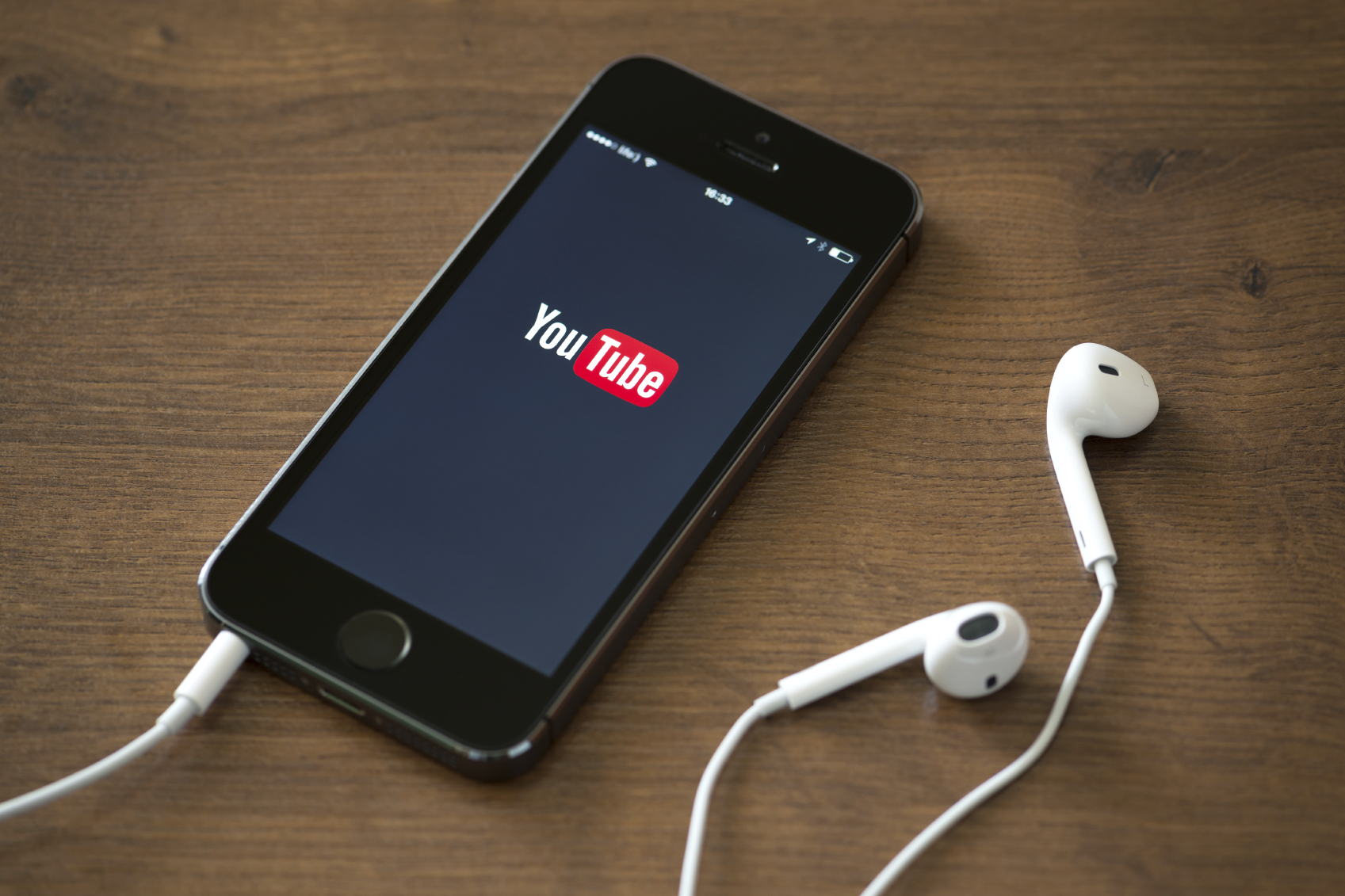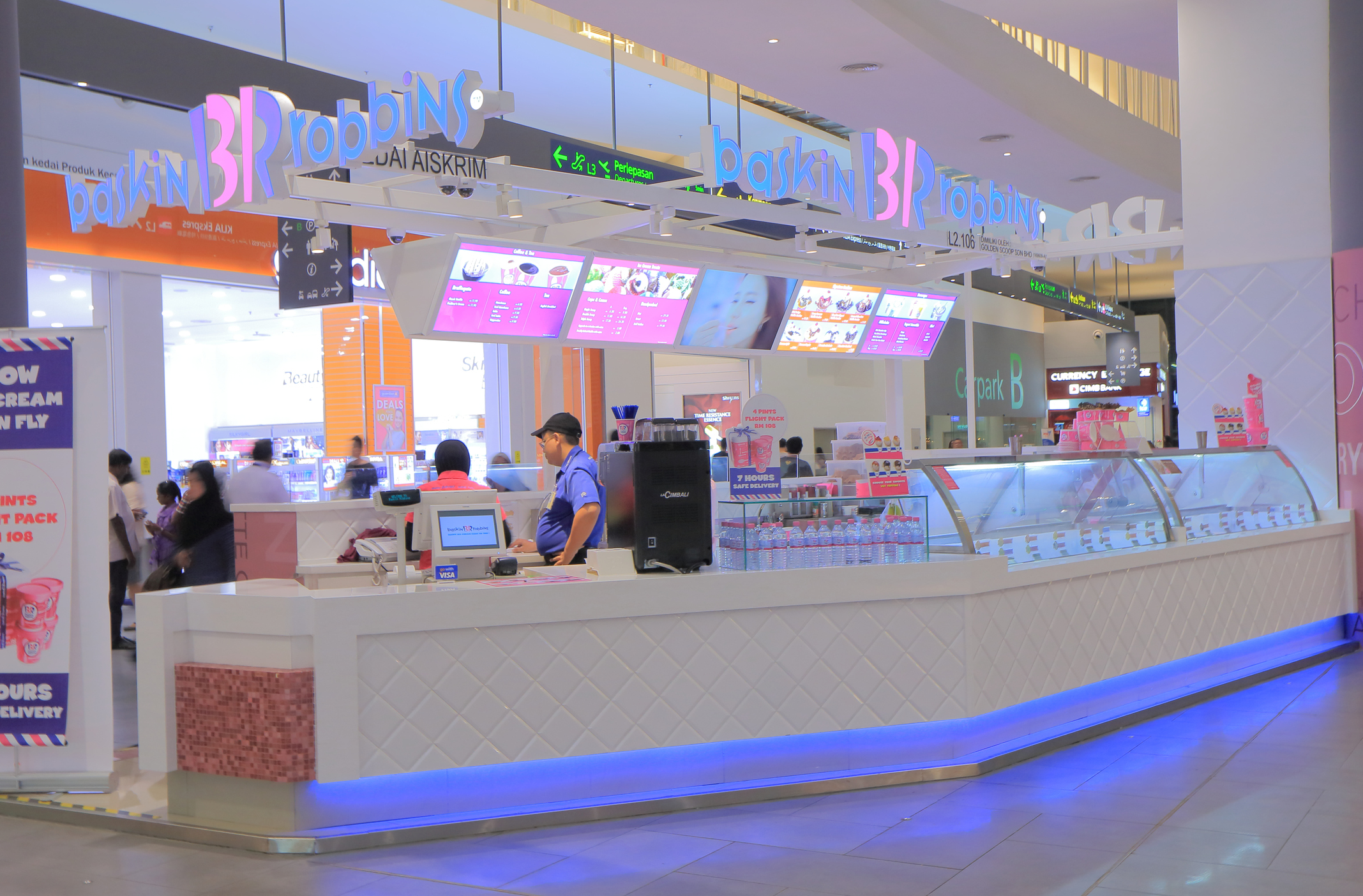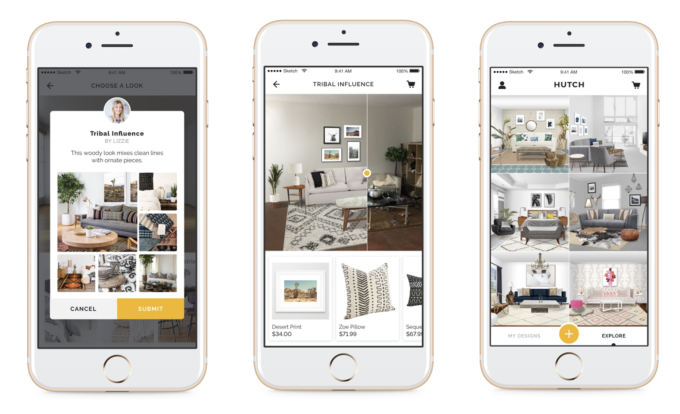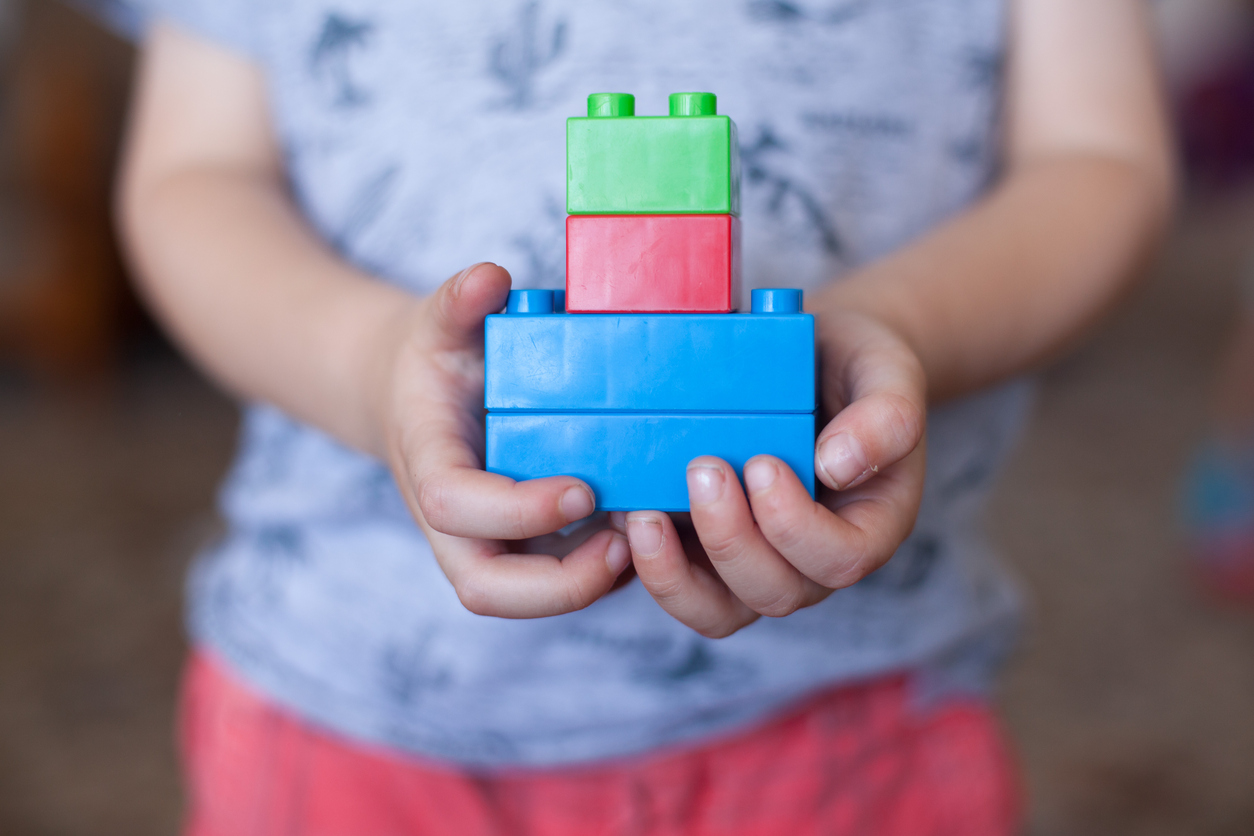What Happened
Online eyeglasses retailer Warby Parker has launched a new app that allows users to check their prescription at home, without visiting an optician. It assists users to find the correct distance to conduct the equivalent of the familiar Snellen eye exam on a computer screen and send the results to an eye doctor for review. If their vision has not changed, they can also get an updated glasses prescription without needing to visit an eye doctor. The service is only available in California, Florida, New York, and Virginia so far.
What Brands Need To Do
It is a clever strategic move on Warby Parker’s part to leverage mobile to enhance its post-sale customer services and boost retention. Saving the customers a trip to the opticians not only provides convenience for glass-wearers, but also prevents customers from visiting its brick-and-mortar competitors — some of whom host in-house optometrists to offer vision exams — and buy glasses online. More brands should take note and think about similar ways to leverage mobile apps to enhance your user experience and redefine their customer journey.
Source: TechCrunch
Header image courtesy of Warby Parker


